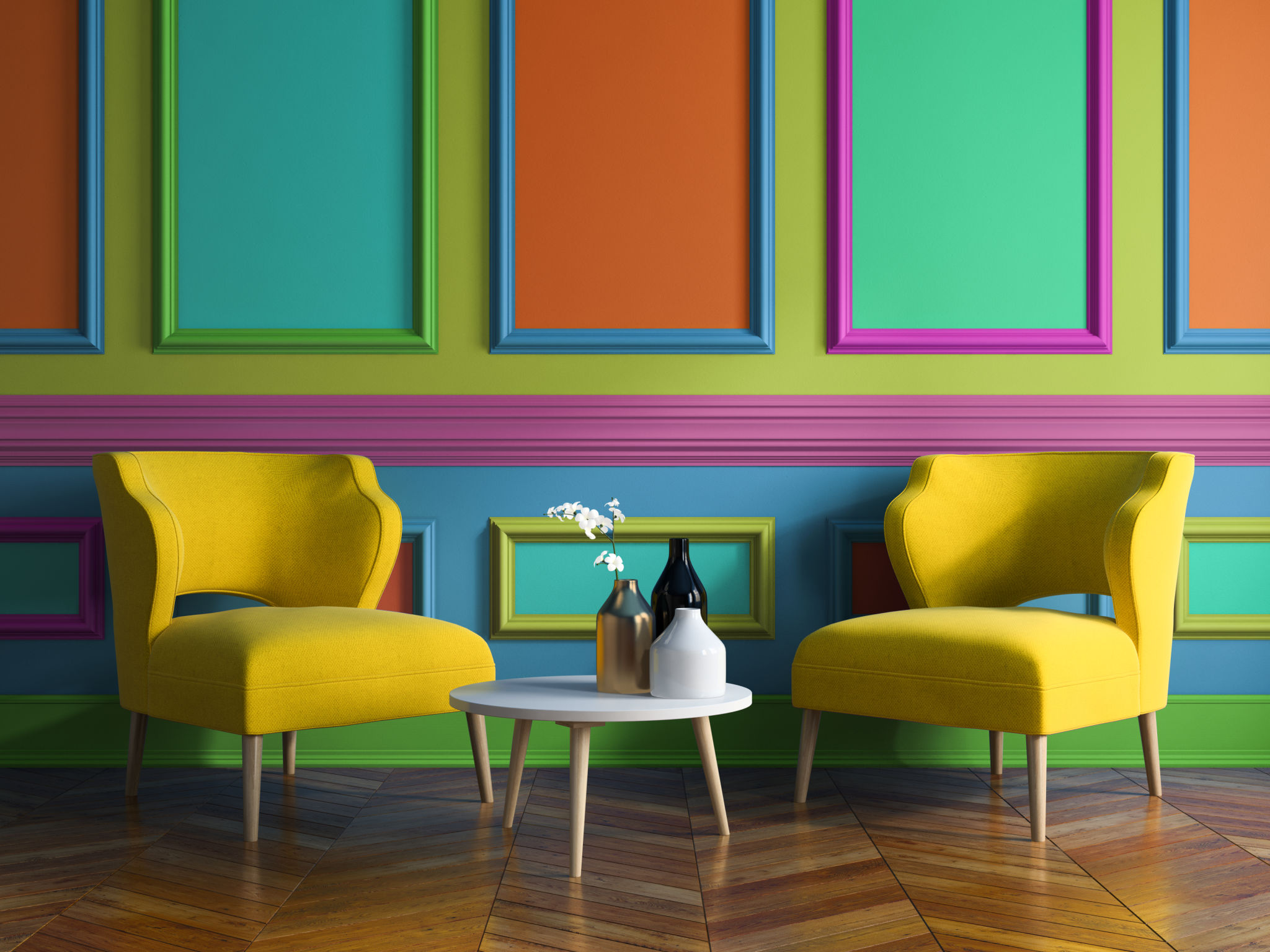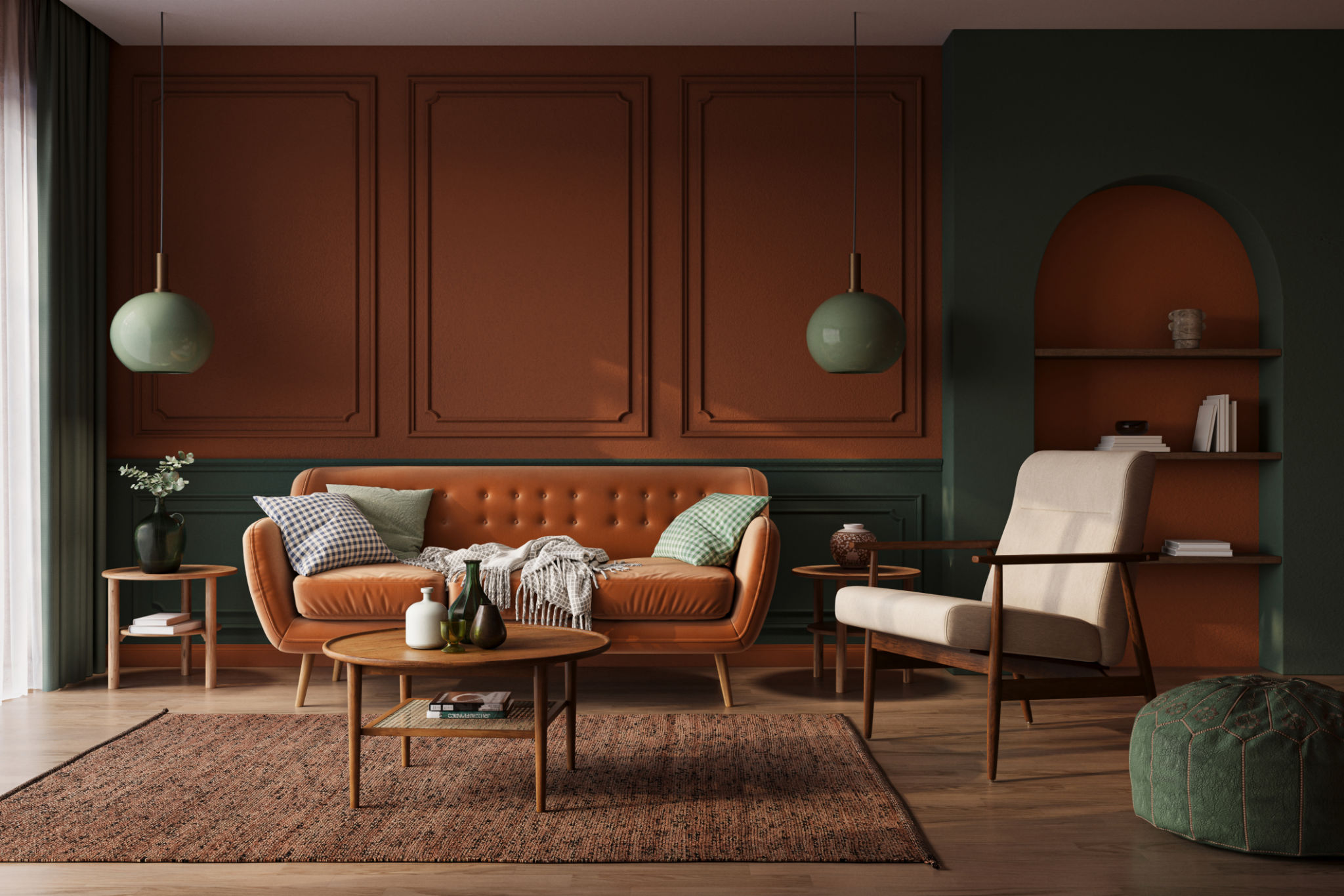Understanding the Role of Color in Interior Design: A Cultural Perspective
The Influence of Color in Interior Design
Color plays a critical role in interior design, influencing not only aesthetics but also the emotions and behaviors of those who interact with the space. Understanding this influence requires a deep dive into the cultural significance of colors, as these meanings can vary dramatically across different societies.

The Universal Language of Color
While some colors evoke universal responses, such as blue's calming effect or red's ability to increase energy levels, their specific meanings can differ based on cultural context. For instance, in Western cultures, white often represents purity and weddings, while in some Eastern cultures, it may symbolize mourning. These varying interpretations highlight the complex role that color plays in interior design.
Designers must consider these cultural nuances when selecting color palettes for spaces. A color that is inviting and cheerful in one culture might be perceived as aggressive or inappropriate in another. This cultural sensitivity ensures that spaces are not only beautiful but also respectful and meaningful.
Cultural Symbolism of Colors
Each culture has its own set of associations with different colors. For example, in China, red is associated with good luck and prosperity, making it a popular choice for celebratory occasions. Conversely, in many African nations, colors like green and gold are often linked to wealth and fertility. Understanding these associations can guide designers in creating interiors that resonate with the intended audience.

Color Psychology in Different Cultures
There is a rich tradition of color psychology that varies around the world. In Japan, for example, green is often associated with eternal life and nature, while in India, it holds religious significance and represents new beginnings. These psychological impacts influence how individuals feel and behave in a space, making it crucial for designers to consider them when planning interiors.
Designers can employ color psychology strategically to evoke desired emotions or behaviors. For instance, warm tones like yellow and orange can create a welcoming atmosphere in communal areas, while cool tones like blue and purple might be used to promote relaxation in private spaces.
Practical Applications in Interior Design
To effectively use color in interior design, professionals should consider both the functional purpose of the space and the cultural context of its occupants. By doing so, they can ensure that the design is both aesthetically pleasing and culturally appropriate.

Here are some practical tips for incorporating cultural color perspectives into interior design:
- Research: Before selecting a color scheme, research the cultural symbolism of colors relevant to the project's location or target audience.
- Cultural Consultation: Consider consulting with cultural experts or local communities to gain insights into appropriate color choices.
- Balance: Use a balance of culturally significant colors with neutral tones to create harmony and avoid overwhelming the space.
By integrating these strategies, designers can create environments that are not only visually stunning but also culturally resonant and respectful.
